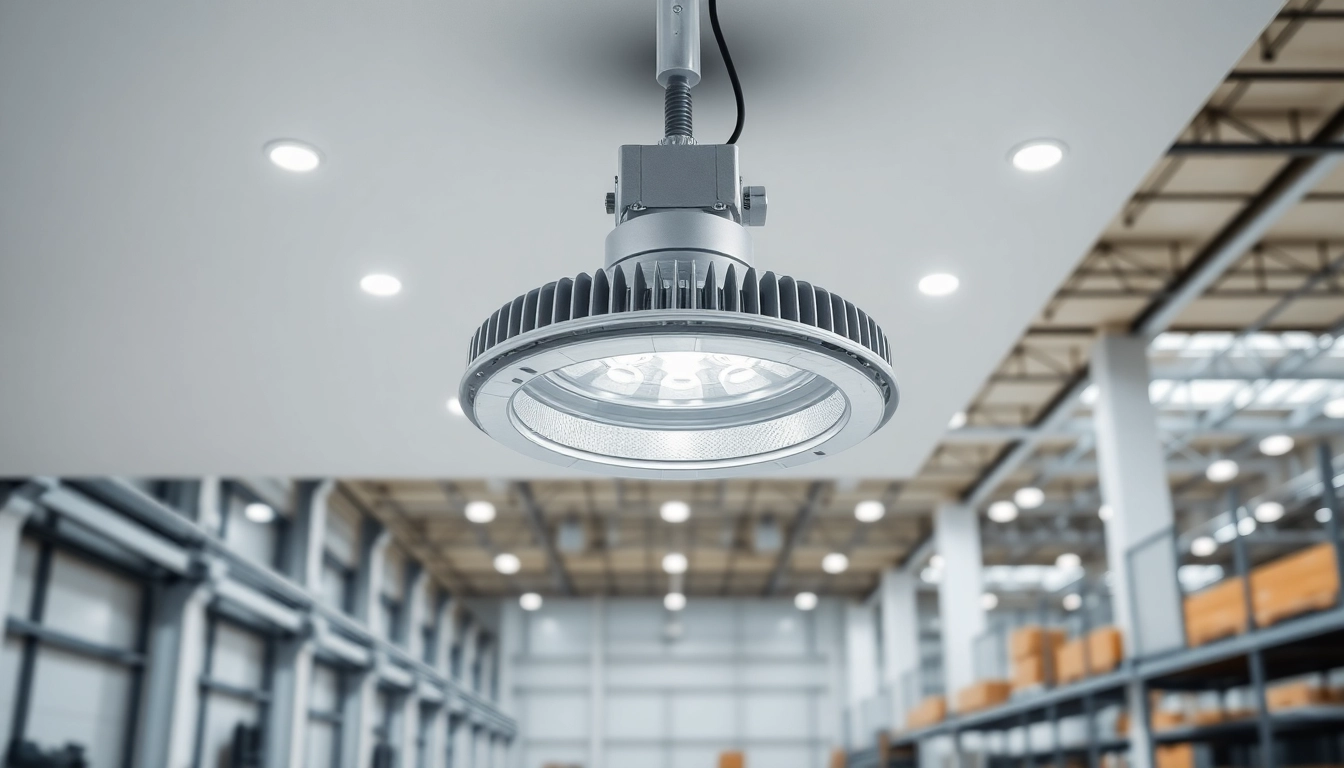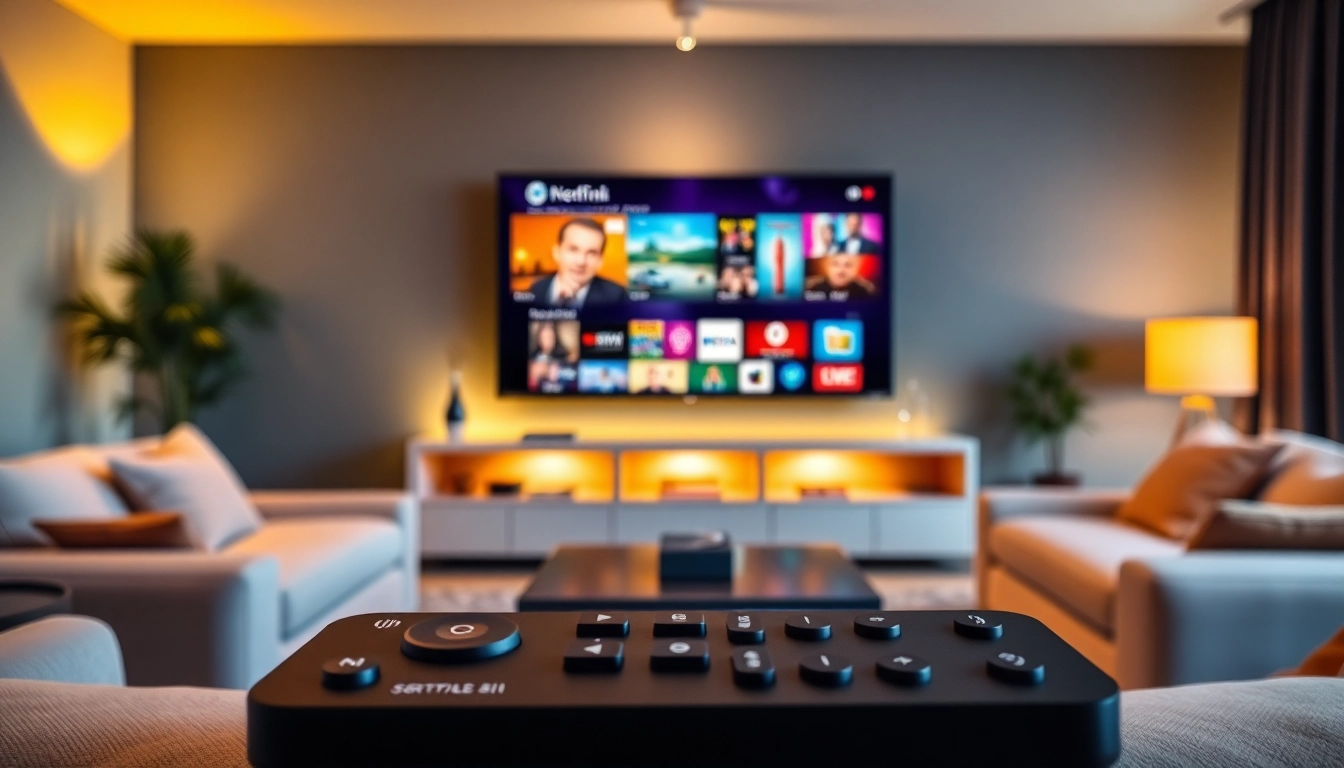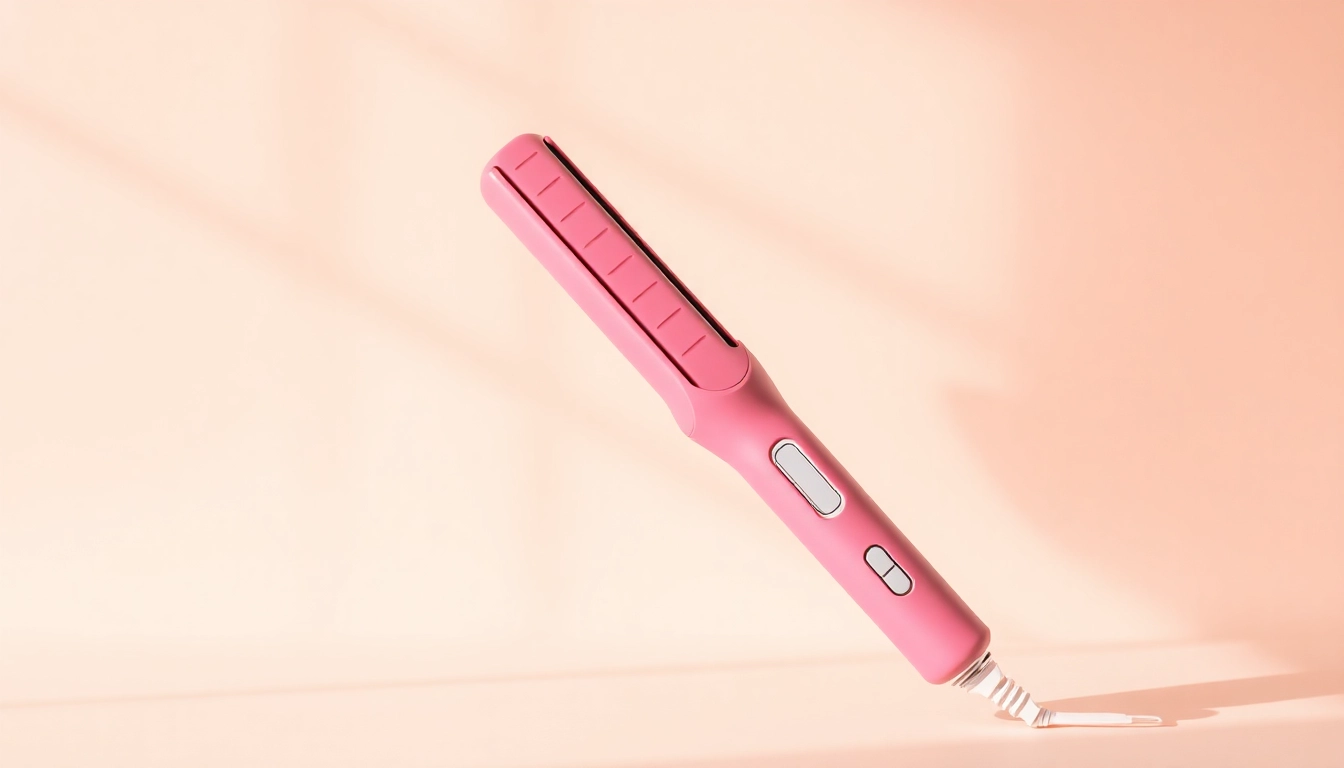Understanding the Vapor Tight Light Fixture
What is a Vapor Tight Light Fixture?
A Vapor Tight Light Fixture is specifically designed for environments where moisture, dust, and extreme conditions pose potential threats to the integrity and functionality of standard lighting solutions. These fixtures are hermetically sealed to prevent the ingress of water and dust, making them ideal for a variety of industrial, commercial, and outdoor applications. Unlike general-purpose lighting, vapor tight fixtures feature robust construction elements and protective housing materials to withstand exposure to harsh elements, ensuring reliable performance over extended periods.
As industries have evolved, so have lighting technology and solutions. The Vapor Tight Light Fixture has become increasingly popular due to its durability and efficiency, making it suitable not just for warehouses and factories but also for parking structures, food processing facilities, and agricultural settings.
Key Features of Vapor Tight Light Fixture
The Vapor Tight Light Fixture is characterized by several key features that set it apart from other lighting options. These include:
- Sealed Enclosures: Vapor tight fixtures use tightly sealed enclosures that prevent moisture and dust from infiltrating the fixtures, safeguarding the light source inside.
- Impact Resistance: Many vapor tight fixtures are constructed from durable materials such as polycarbonate or fiberglass, which are resistant to impacts and can withstand heavy usage.
- Energy Efficiency: A significant portion of modern vapor tight fixtures features LED technology, which consumes less power and has a longer lifespan compared to traditional lighting solutions.
- Versatile Mounting Options: These fixtures are designed for various installation methods, including wall-mounted, ceiling-mounted, or suspended setups, making them adaptable to diverse environments.
- Variety of Energies and Outputs: Available in various wattages and brightness levels, vapor tight fixtures can be selected based on the specific lighting requirements of the space.
Applications of Vapor Tight Light Fixture
The versatility of the Vapor Tight Light Fixture allows it to be used in multiple applications. Some of the most common applications include:
- Warehouses: Ensuring adequate lighting in large storage areas is paramount, and vapor tight fixtures provide the resilience needed in such conditions.
- Food Processing Facilities: Compliance with health and safety regulations is critical, and the sealed design of vapor tight fixtures prevents contamination.
- Outdoor Settings: In parking lots or outdoor work areas, vapor tight fixtures provide reliable lighting that is both weatherproof and durable.
- Cooling Storage Areas: In environments requiring temperature control, vapor tight fixtures can provide efficient and effective lighting without compromising the cooling systems.
- Manufacturing Plants: Vapor tight fixtures are often necessary in environments dealing with moisture and dust, ensuring safe and adequate illumination for workers.
Benefits of Using Vapor Tight Light Fixture
Protection Against Moisture and Dust
One of the primary benefits of using a Vapor Tight Light Fixture is its exceptional protection against moisture and dust. The sealed construction of these fixtures minimizes the risk of electrical shorts and fixture failure due to environmental factors. This protection is particularly critical in settings like food processing, where water ingress could lead to contamination and health risks. Maintaining the cleanliness and efficiency of the lighting fixtures directly contributes to operational safety and productivity.
Energy Efficiency and Longevity
Another significant advantage of vapor tight fixtures is their energy efficiency. Many fixtures incorporate LED technology, which consumes significantly less electricity than traditional lighting sources. In addition, LEDs boast an impressive lifespan, often lasting over 50,000 hours, which translates to fewer replacements and lower maintenance costs over time. This longevity aligns with sustainability goals by reducing waste and energy consumption, making these fixtures an excellent choice for conscientious organizations.
Cost Savings Over Time
The combination of energy efficiency, durability, and the reduced need for maintenance leads to substantial cost savings when utilizing vapor tight fixtures. Although the initial investment may be higher compared to standard lighting options, the long-term benefits often outweigh the costs. With lower energy bills, fewer replacements, and reduced maintenance labor, businesses can allocate their resources more effectively. Additionally, fewer replacements mean reduced environmental impact, supporting sustainability initiatives.
Choosing the Right Vapor Tight Light Fixture
Factors to Consider When Selecting
When opting for a Vapor Tight Light Fixture, several factors must be weighed to ensure the best choice for your specific application:
- Environmental Conditions: Evaluate the environmental factors that the fixture will face, such as humidity, dust levels, and temperature extremes. Selecting fixtures capable of withstanding these conditions is crucial.
- Brightness Requirements: Understand the lighting needs of the space. Consider the foot-candle requirements and how the lighting will affect visibility and safety in the area.
- Installation Options: Identify the most effective installation method according to the layout and design of the space. Ensure that the chosen fixtures can be installed in the desired locations.
- Energy Source: Determine whether you’re using traditional electrical systems or incorporating renewable energy solutions. This can affect the compatibility of specific light fixtures.
- Budget: Analyze the financial implications of your selection, focusing not only on the initial costs but also on the long-term savings through maintenance and energy consumption.
Wattage and Brightness Options
Vapor Tight Light Fixtures come in a range of wattages and brightness settings. This variability allows for precise matching to the specific lighting needs of any given space. Conducting a comprehensive light audit in your facility can be helpful in determining your lighting needs. For areas that require bright lighting for tasks, such as workstations or assembly lines, higher wattage fixtures might be appropriate. Conversely, spaces needing ambient lighting, like hallways, could benefit from lower wattage options.
Installation Requirements for Vapor Tight Light Fixture
Installation of vapor tight fixtures generally requires standardized electrical connections and mounting provisions. Most fixtures provide clear installation instructions; however, consulting with a professional electrician can be beneficial to ensure compliance with electrical codes and standards. Moreover, planning the installation layout meticulously can help in maximizing the effectiveness of light distribution and maintaining a neat appearance in the environment.
Common Misconceptions About Vapor Tight Light Fixture
Vapor Tight vs. Vapor Proof Light Fixtures
One of the most prevalent misconceptions is the interchangeability of vapor tight and vapor proof fixtures. While both are designed to resist moisture, vapor proof fixtures typically offer a higher level of protection against moisture ingress. Vapor proof fixtures are constructed for environments that experience direct exposure to water, such as outdoor, heavily drenched spaces. Understanding the distinct features of each type allows for more informed decisions based on specific environmental conditions.
Durability Myths Explained
Another common myth surrounding vapor tight fixtures pertains to the perception of their durability. While it is true that these fixtures are designed for harsh environments, they are not indestructible. Factors such as mechanical impact, chemical exposure, and prolonged usage can affect their lifespan. It is essential for maintenance teams to regularly inspect fixtures for damage and replace any compromised units promptly to maintain optimal safety and performance.
Maintenance Needs for Optimal Performance
Despite their resilience, vapor tight fixtures still require routine maintenance to ensure long-lasting performance. Regular cleaning is necessary to remove dust and grime that can accumulate on the fixture’s surface, obstructing light output. Furthermore, periodic inspections should be conducted to identify any early warnings of potential failures or wear. Establishing a preventive maintenance schedule can help safeguard against unexpected outages and ensure the workspace remains well-lit and safe.
Future Trends in Vapor Tight Lighting Solutions
Advancements in LED Technology
The ongoing advancements in LED technology continue to shape the future of vapor tight light fixtures. Innovations in energy efficiency, light quality, and output capabilities promise to enhance performance in challenging environments. Emerging technologies, such as tunable white LEDs, allow users to adjust color temperature and brightness to suit specific tasks or preferences, ensuring optimal lighting at all times.
Integration with Smart Systems
As technology evolves, the integration of vapor tight fixtures with smart lighting systems is becoming more prevalent. Smart systems enable real-time monitoring of power usage, offer remote control capabilities, and facilitate the programming of advanced lighting scenarios. This interconnectedness not only improves overall energy efficiency but also enhances operational flexibility and responsiveness to changing needs in industrial and commercial settings.
Eco-Friendly Materials in Vapor Tight Light Fixture Design
With an increasing focus on sustainability, manufacturers are exploring the use of eco-friendly materials in the design and construction of vapor tight light fixtures. Utilizing recyclable components and reducing hazardous materials in production aligns with global sustainability initiatives while also meeting customer demand for greener products. This trend not only aids in minimizing environmental impact but can also appeal to consumer preferences in today’s eco-conscious market.



